In an era dominated by computer-generated imagery (CGI), some filmmakers have chosen to embrace the raw power of practical effects, From death-defying stunts to meticulously crafted costumes, their goal was to create cinematic moments that captivate audiences with their authenticity and visceral impact.
Practical effects, also known as special effects, have been a part of filmmaking since the early days of cinema. Before CGI, filmmakers had to rely on ingenious methods to create illusions and bring their visions to life. These movies remind us that there is no substitute for real human energy and performance.
Skyfall (2012)
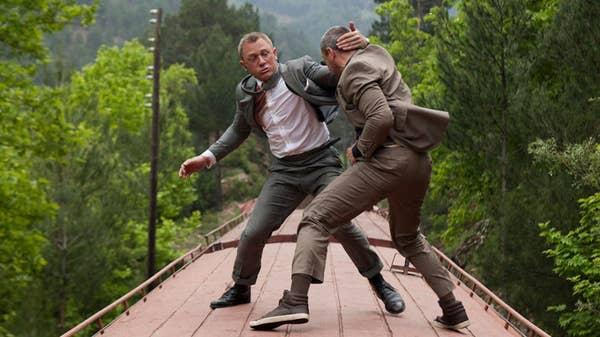
The opening fight scene on a moving train showcased Daniel Craig’s commitment to practical stunts. Filmed on a real locomotive, Craig handled the intense choreography with skill and precision.
His improvised shirt cuff straightening became an iconic moment, adding to the scene’s authenticity. The practical approach elevated the action sequence, leaving a lasting impression on viewers.
Inception (2010)

Christopher Nolan’s dedication to practical effects shone through in the spinning hallway fight scene. Joseph Gordon-Levitt performed the complex choreography himself, without a double, on a revolving set.
The scene’s immersive quality was a testament to the power of practical effects. Nolan’s pursuit of realism paid off, creating a visually stunning and unforgettable sequence.
Mission: Impossible – Ghost Protocol (2011)
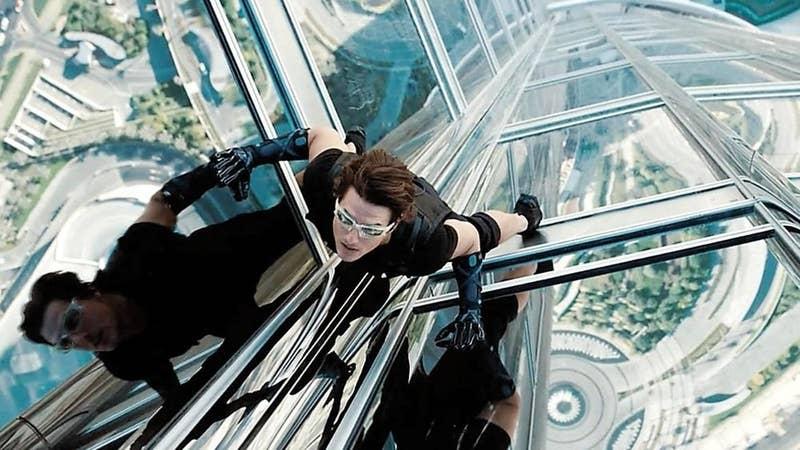
How far would an actor go to achieve realism? Tom Cruise’s ascent up the world’s tallest building, filmed on location at a staggering 1,700 feet.
Despite insurance company concerns, Cruise insisted on performing the daring stunt himself. The real-life stakes added an intense authenticity to the scene, cementing its place in movie history.
Mad Max: Fury Road (2015)
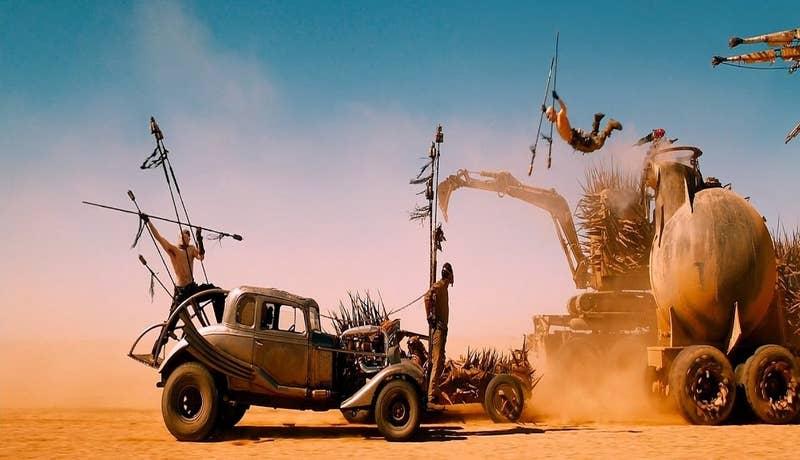
With real vehicles, locations, and stunts, Mad Max: Fury Road delivered spectacle on an epic scale. The commitment to practical effects resulted in breathtaking car chase sequences.
The stunt coordinator’s dedication to making it “real” paid off. It created a post-apocalyptic world that felt tangible.
The Dark Knight (2008)
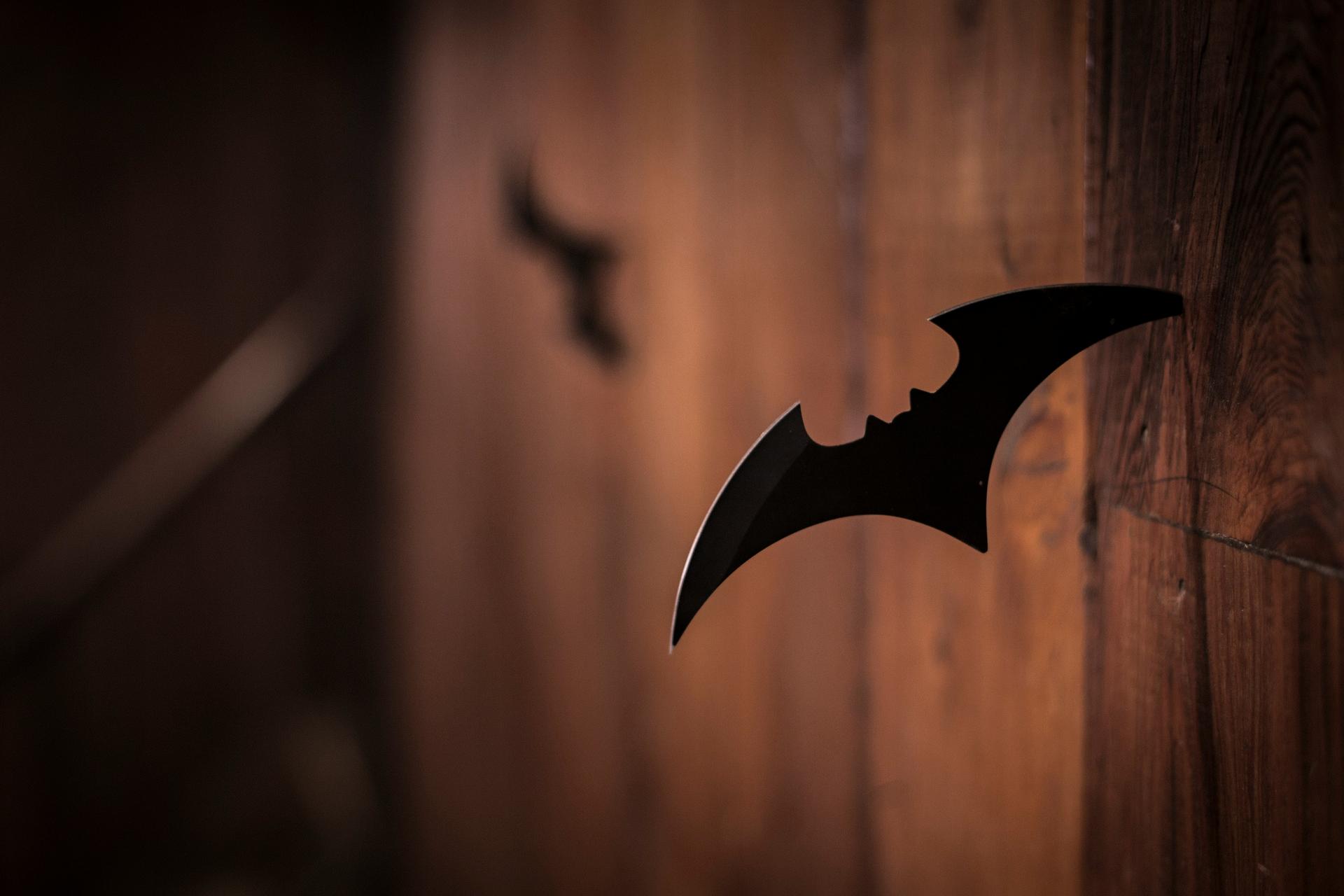
Nolan’s decision to demolish an actual building for the explosive climax added unparalleled realism. With only one chance to get it right, the team captured a truly cinematic moment.
Nolan’s vision created a town that looked real. The practical approach elevated the stakes, leaving a lasting impact on audiences.
Top Gun: Maverick (2022)
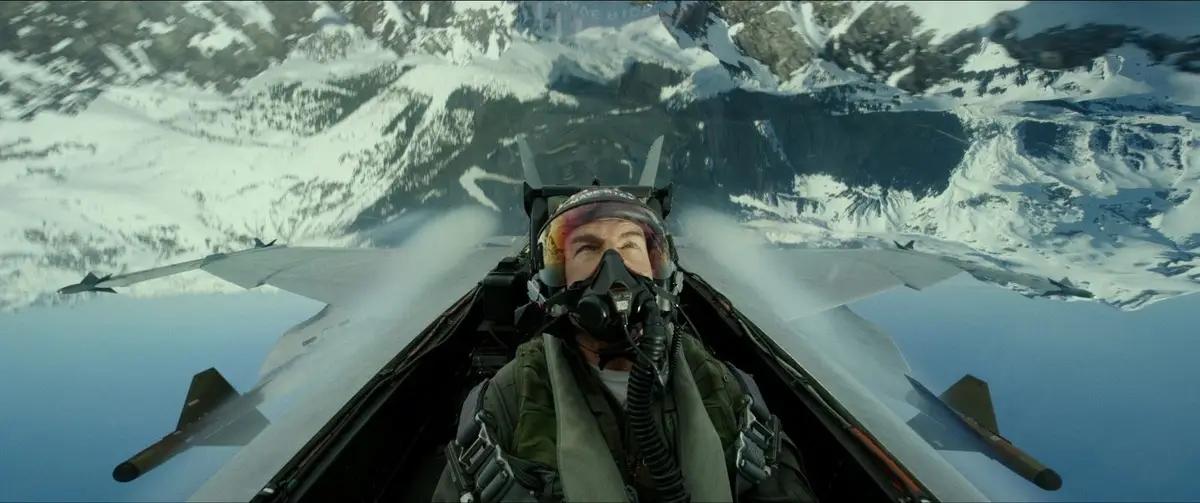
Can CGI truly capture the intensity of g-forces experienced by fighter pilots? To capture the real g-forces experienced in fighter jets, the actors underwent rigorous training.
By filming in actual aircraft, the movie delivered genuine reactions and visuals. The practical approach enhanced the film’s immersive quality, transporting audiences into the cockpit.
Pan’s Labyrinth (2006)
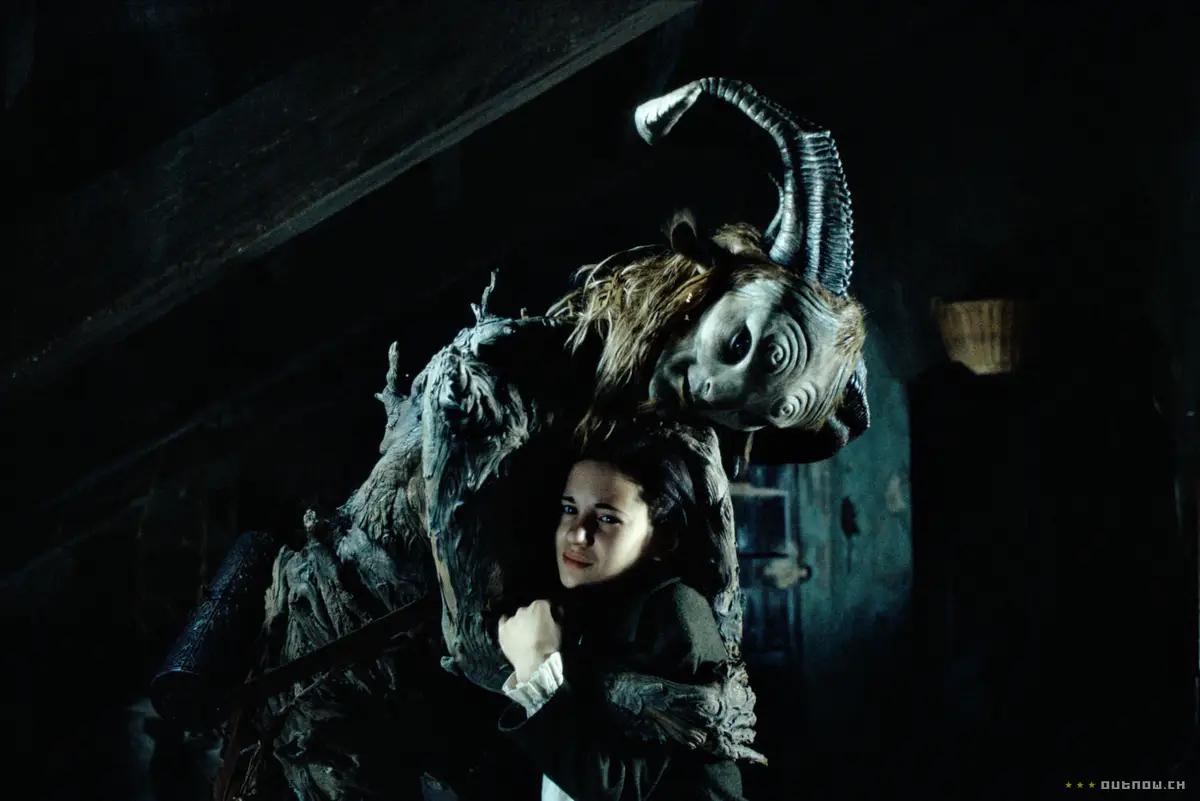
Guillermo del Toro’s commitment to practical effects extended to the intricate costumes. The Faun and Pale Man costumes required hours of preparation and puppeteering.
The tangible costumes enhanced the actors’ performances. It created an immersive experience for audiences in the fantastical world.
Ronin (1998)
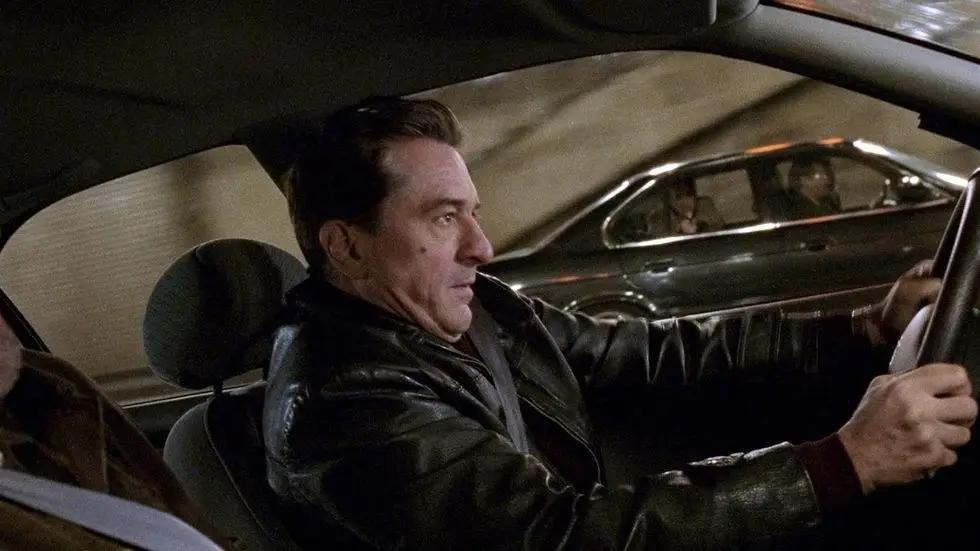
What happens when practical effects and CGI collide? While containing a jarring CGI sequence, the practical car chase in Ronin remains a benchmark.
With real cars and stunts, the intensity was palpable, reflected in Robert De Niro’s performance. The practical approach added grit and authenticity to the high-octane chase.
1917 (2019)
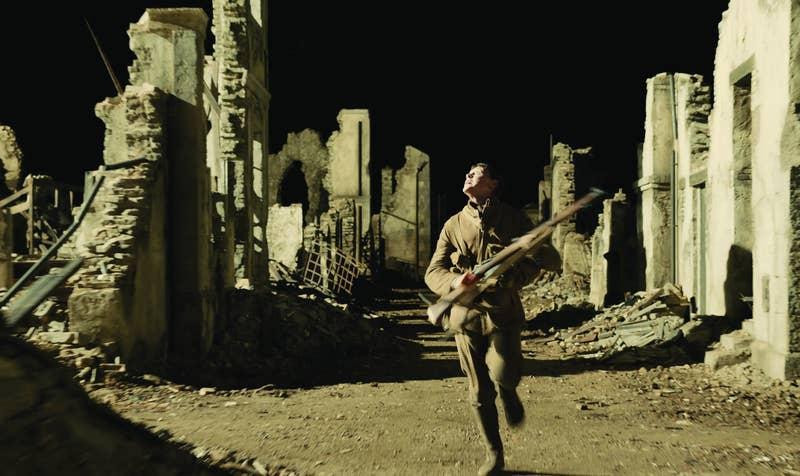
While utilizing invisible CGI for the single-shot style, the action sequences relied heavily on practical effects. Actors received training to fire rifles accurately.
The sets in the movie were physically constructed. The dedication to realism added authenticity to the World War I epic.

